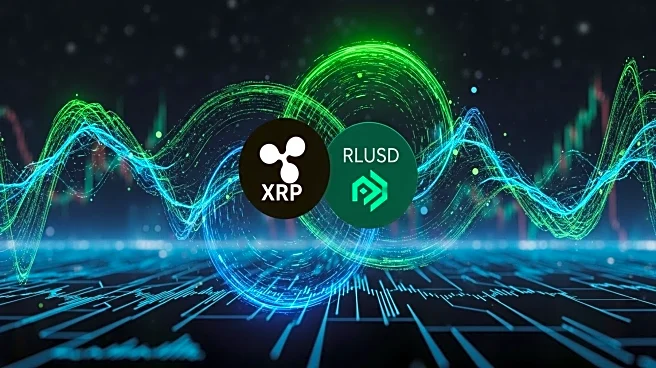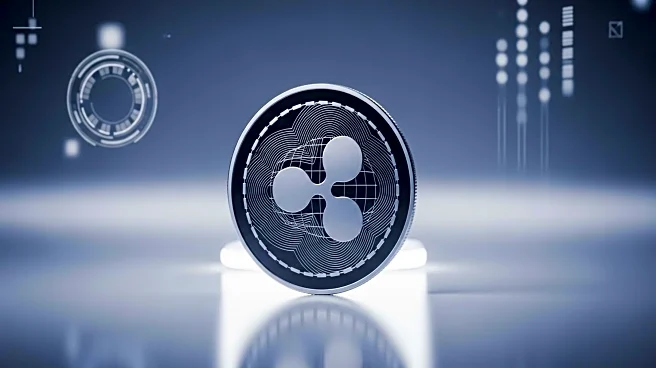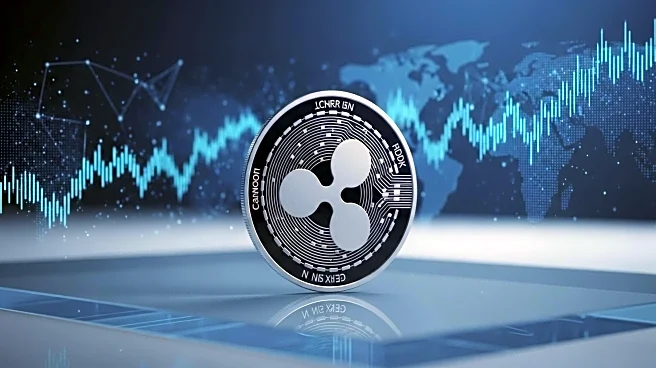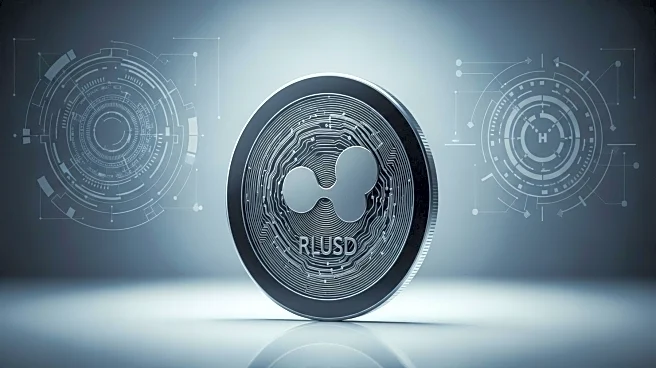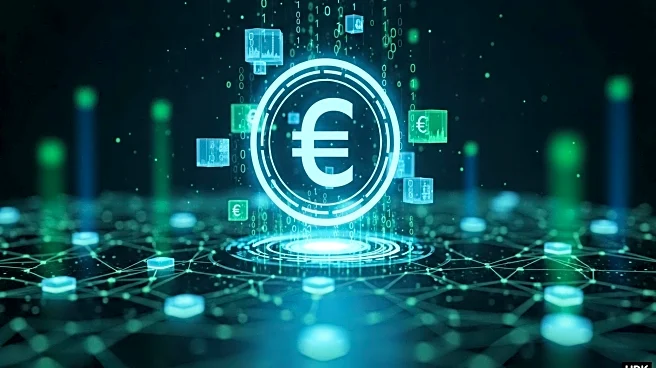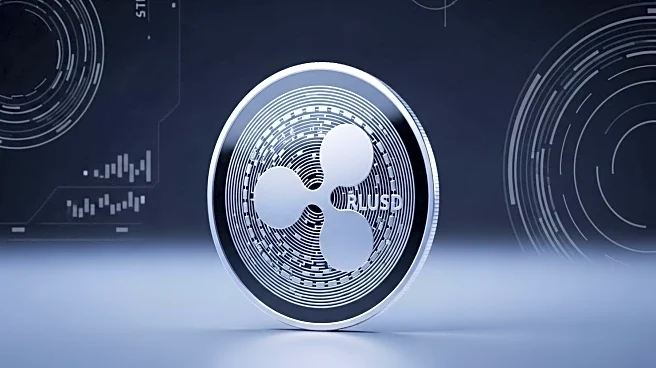What's Happening?
Ripple CTO David Schwartz has detailed the role of RLUSD stablecoin and XRP in driving liquidity on Automated Market Maker (AMM) pools. The pools hold equal parts RLUSD and XRP, issuing tokens that represent claims against the pool's assets. The XRP ecosystem is experiencing a pivotal shift in 2025, marked by a contraction in AMM liquidity and a surge in stablecoin activity. While AMM liquidity has decreased, the stablecoin market cap on the XRP Ledger has grown, indicating a strategic reallocation of capital toward lower-volatility assets.
Why It's Important?
The SEC's reclassification of XRP as a commodity has spurred significant institutional interest, with $1.2 billion in ETF inflows and a surge in XRP holdings by major funds. Ripple's On-Demand Liquidity service is processing trillions in cross-border transactions, cementing XRP's role in institutional finance. The shift toward stablecoins and real-world asset tokenization reflects a strategic reallocation of capital toward assets with predictable yields and regulatory clarity.
What's Next?
Institutional-grade yield protocols are redefining risk-adjusted returns in the XRP ecosystem. Multipli, backed by Pantera and Sequoia, is expanding its offerings to include XRP and tokenized silver. Aave's dominance in decentralized liquidity highlights the growing preference for decentralized protocols over centralized exchanges. As protocols continue to integrate XRP into institutional-grade infrastructure, the asset's strategic value in cross-border payments and decentralized finance is expected to grow.
Beyond the Headlines
XRP's resilience lies in its ability to adapt to shifting market dynamics. While AMM liquidity contraction signals a temporary retrenchment, the surge in stablecoin activity and institutional adoption demonstrates a robust foundation for long-term growth. The asset's strategic value in cross-border payments and decentralized finance will likely outpace its short-term volatility.



